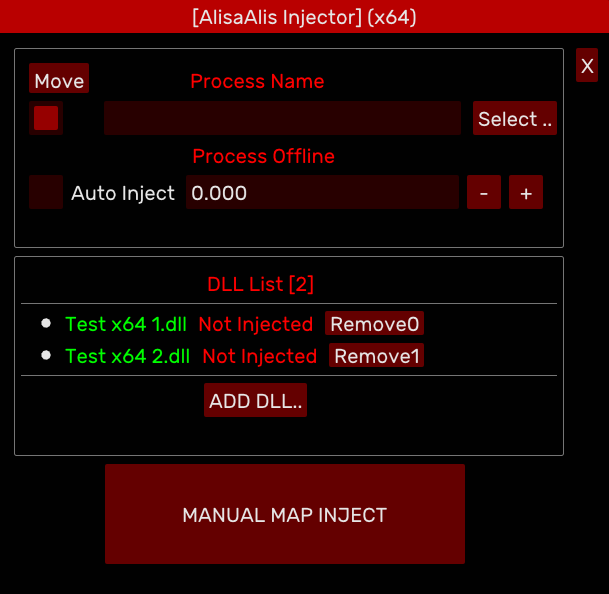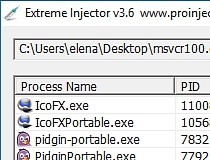
Pronounced dead 40 minutes after being strapped to the execution gurney and 24 minutes after the drugs first started flowing into his arms. Because of collapsed veins, it took nearly an hour to complete the execution.ĩ. A drug addict, Woolls helped the execution technicians find a useable vein for the execution.Ĩ. He called the execution “outrageous.” The Department of Corrections admitted the execution “did not go according to plan.”ħ. Vandiver’s attorney, Herbert Shaps, witnessed the execution and observed smoke and the smell of burning. The execution eventually took 17 minutes and five jolts of electricity. After the first administration of 2,300 volts, Vandiver was still breathing. The Associated Press reported that, because of Morin’s history of drug abuse, the execution technicians were forced to probe both of Morin’s arms and one of his legs with needles for nearly 45 minutes before they found a suitable vein.Ħ.

A Georgia prison official said, “Stephens was just not a conductor” of electricity.ĥ. During that six-minute interval, Stephens took 23 breaths. “The first charge of electricity … failed to kill him, and he struggled to breathe for eight minutes before a second charge carried out his death sentence …” After the first two minute power surge, there was a six minute pause so his body could cool before physicians could examine him (and declare that another jolt was needed). Said noted death penalty defense attorney David Bruck, “Jimmy Lee Gray died banging his head against a steel pole in the gas chamber while the reporters counted his moans (eleven, according to the Associated Press).” Later it was revealed that the executioner, Barry Bruce, was drunk.Ĥ. His attorney, Dennis Balske of Montgomery, Alabama, criticized state officials for clearing the room when the inmate was still alive. Officials had to clear the room eight minutes after the gas was released when Gray’s desperate gasps for air repulsed witnesses. The execution took 14 minutes and left Evans’s body charred and smoldering.ģ. Ignoring the pleas of Evans’s lawyer, a third jolt of electricity was applied. This resulted in more smoke and burning flesh. The electrode was reattached to his leg, and another jolt of electricity was applied. Two physicians entered the chamber and found a heartbeat. Smoke and sparks also came out from under the hood in the vicinity of Evans’s left temple. The electrode burst from the strap holding it in place and caught on fire. After the first jolt of electricity, sparks and flames erupted from the electrode attached to Evans’s leg. Smoke filled the death chamber from floor to ceiling with a smoky haze.Ģ.

The second jolt produced the odor and sizzling sound of burning flesh, and Coppola’s head and leg caught on fire. Although no media representatives witnessed the execution and no details were ever released by the Virginia Department of Corrections, an attorney who was present later stated that it took two 55-second jolts of electricity to kill Coppola. There are 51 executions or attempted executions listed: 2 by asphyxiation, 10 by electrocution, and 39 by lethal injection, including 3 failed executions that were halted when execution personnel were unable to set an IV line.ġ. NOTE: The cases below are not presented as a comprehensive catalogue of all botched executions, but simply a listing of examples that are well-known.

Botched executions are “those involving unanticipated problems or delays that caused, at least arguably, unnecessary agony for the prisoner or that reflect gross incompetence of the executioner.” Examples of such problems include, among other things, inmates catching fire while being electrocuted, being strangled during hangings (instead of having their necks broken), and being administered the wrong dosages of specific drugs for lethal injections. The protocol can be established by the norms, expectations, and advertised virtues of each method or by the government’s officially adopted execution guidelines. In his book, he defines a botched execution as follows: Botched executions occur when there is a breakdown in, or departure from, the “protocol” for a particular method of execution. Lethal injection had the highest rate of botched executions. Sarat reports that over those 120 years, 8,776 people were executed and 276 of those executions (3.15%) went wrong in some way. In the 2014 book, Gruesome Spectacles: Botched Executions and America’s Death Penalty, Austin Sarat, a professor of jurisprudence and political science at Amherst College, describes the history of flawed executions in the U.S. executions in the period from 1890 to 2010 were botched.


 0 kommentar(er)
0 kommentar(er)
